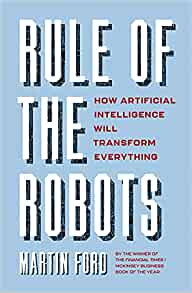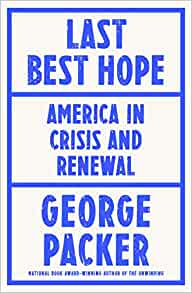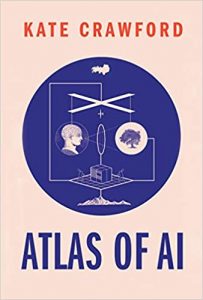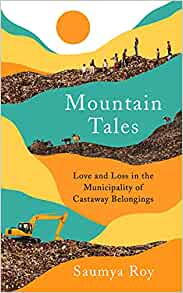I’ve chatted to Martin Ford about his new book Rule of the Robots for a Bristol Festival of Ideas event – the recording will be out on 6 October.
It’s a good read and quite a balanced perspective on both the benefits and costs of increasingly widespread use of AI, so a useful intro to the debates for anyone who wants an entry into the subject. There are lots of examples of applications with huge promise such as drug discovery. The book also looks at potential job losses from automation and issues such as data bias.
It doesn’t much address policy questions with the exception of arguing in favour of UBI. Regular readers of this blog will know I’m not a fan, as UBI seems like the ultimate Silicon Valley, individualist, solution to a Silicon Valley problem. I’d advocate policies to tilt the direction of automation, as there’s a pecuniary externality: individual firms don’t factor in the aggregate demand effects of their own cost-reduction investments. And also policies that address collective needs – public services, public transport, as well as a fair and sufficiently generous benefits system. No UBI in practice would ever be set high enough to address poverty and the lack of good jobs: if you want to pay everyone anything like average income, you’d have to collect taxes at a level more than average income.
But that debate is what the Bristol event is all about!




